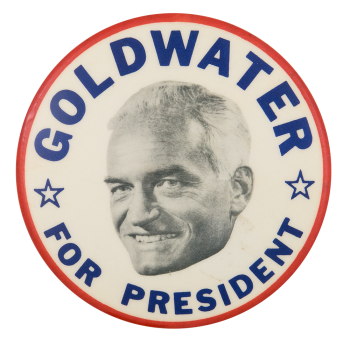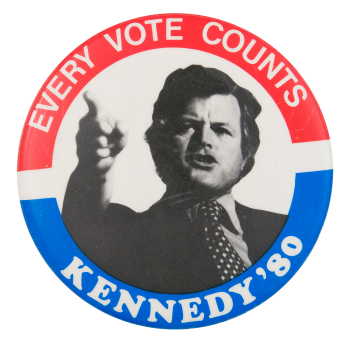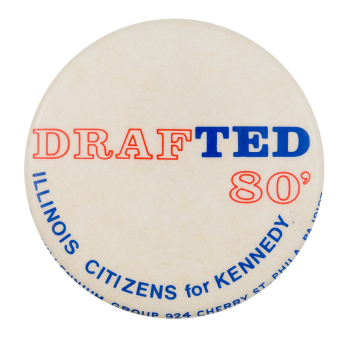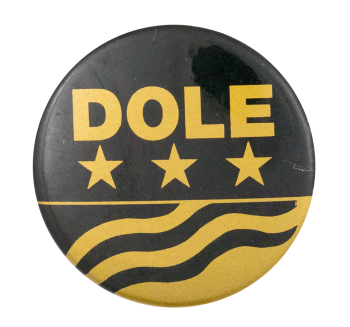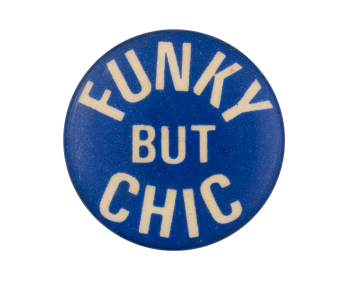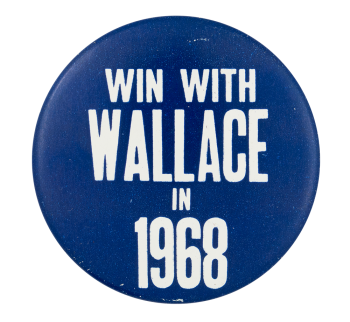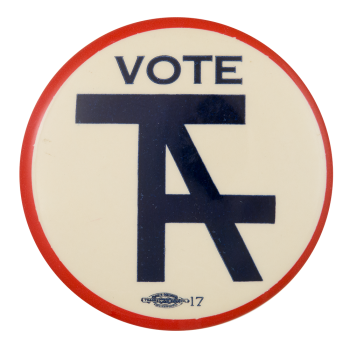Goldwater for President Stars
| Category | |
|---|---|
| Additional Images | |
| Sub Categories | |
| Text on Button | Goldwater for President |
| Image Description | Red ring on outer edge, blue text on white background, blue star outlines and black-and-white photograph of Barry Goldwater in center. |
| Back Style | |
| The Shape | |
| The Size | |
| Year / Decade Made | |
| Additional Information | Barry Goldwater was a five-term United States Senator from Arizona (1953–65, 1969–87). He unsuccessfully ran in the 1964 presidential election against incumbent Lyndon B. Johnson, who took over after John F. Kennedy was assassinated. Johnson was still positively associated with Kennedy's popularity and won 61.1% of the popular vote, the highest margin since 1820. Although he was raised Episcopalian, Goldwater was the first candidate with Jewish heritage (his father was Jewish) to be nominated for President by a major political party. |
| Catalog ID | PO0492 |

